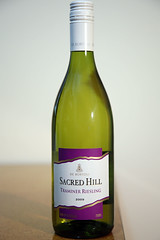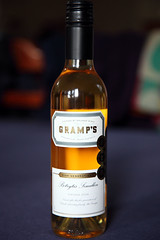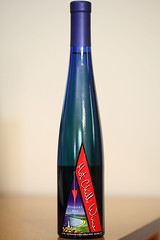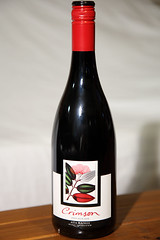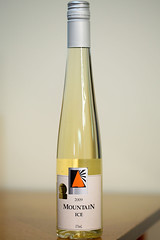So I’m working my way through the early chapters of Le Ton Beau de Marot, as mentioned earlier. While I’m finding Douglas Hofstadter’s writing as fascinating and thought-provoking as ever, I ran into such a severe pothole in the road that I’m left puzzling about this book and wondering if his personality has changed completely since his earlier works.
The book is about translation. In Chapter 3 he recounts a story about translating a science fiction story by Stanislaw Lem from Polish. The story poses a thorny linguistic problem in any attempt to translate it to another language, concerning the spelling of words in a way that is important to the plot. A straightforward English translation would not work, because one crucial word is spelled too differently from its Polish equivalent. Presumably this is why Hofstadter chose to recount the tale, as it provides an interesting demonstration of the difficulties translators face.
Anyway, he begins by offering his own translation of a few paragraphs into English (done when he was learning Polish), and his solution to the problem. He then offers translations by two other people, each of whom approaches the problem in a different way, by tweaking different elements of the story. Hofstadter then lists the solutions, plus three other possible approaches – two of which he says, point blank, are “barely plausible, fairly desperate manoeuvres”.
He then lists five more possible approaches to the translation problem, the first of which is to simply translate the problematic word into its literal English equivalent and add a footnote to the effect that in the original Polish the word was spelled in such-and-such a way, which makes the plot-important spelling aspect of the story work. Now to me this seems a perfectly valid approach to this difficult translation issue. Admittedly perhaps not the best approach, but certainly one that preserves the original intent of the author and explains to the reader exactly what is happening, and which does not materially alter the story since the reader is made aware of the issue and can understand what’s happened.
Hofstadter, however, completely dismisses this approach as a “total wimp-out”. He rants:
you will meet translators, some famous, who prefer to translate in just that style, and some of whom even try, using pompous scholarly language, to demonstrate the superiority of their wimp-stance. This option is sad.
What? Since when did Douglas Hofstadter become so monumentally pompous and judgemental himself? I was so appalled by this display of arrogance by Hofstadter that I was moved to rant about it myself, to my friends at work, and now to you. Hofstatder himself, in his attempt at translating Lem’s story, changed some of the plot elements and worked in a barely plausible shovelling under the carpet of a considerable linguistic flaw, just to avoid having to admit to the reader that here was a bit of wordplay that he couldn’t translate faithfully from one language into another. Surely his entire point in this book is going to be that translation is a difficult job, and perhaps sometimes it’s actually a good idea to present a literal version, with notes explaining that in the original language there was some additional nuance of wordplay that cannot easily be expressed in English? I would expect that someone as deeply interested and fascinated by translation as Douglas Hofstadter must surely appreciate the enormous difficulty of the task, and that footnotes may sometimes be necessary.
Sure, this is not the best approach in all cases. If you want something poetic, then a poetic translation that plays a bit loose with the literal meaning is worth pursuing. But that’s not the be-all and end-all of translation. Sometimes the literal meaning is important, and the reader wants the understanding that this is a translation from an original that may contain deeper levels of subtlety, even if that subtlety cannot easily be conveyed in English without footnotes. Surely…. surely… surely Hofstadter understands this? Surely he cannot be so vehemently against one method of translating that he’s resorting to calling people names about it??
As I said, I was so stunned by this apparent close-minded aberration from an admired author, that I felt the need to share my amazement. A friend suggested to me that perhaps Hofstatder has been too clever for me. He is setting himself up as a ridiculous straw man, and will reveal later in the book that his initial opinions on translation were naive, that translation is such a difficult task that sometimes you simply can’t do it perfectly, and that a footnoted literal version is indeed a valid approach. And you know, having seen the sorts of tricks that Hofstadter plays in his books, I wouldn’t put it past him. I guess I shall see as I continue reading.

